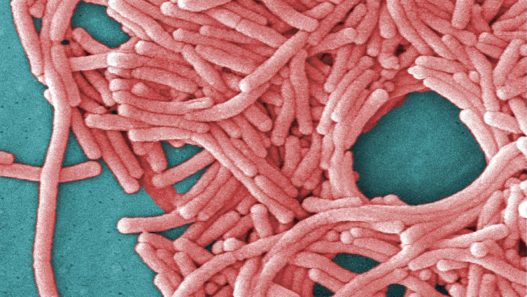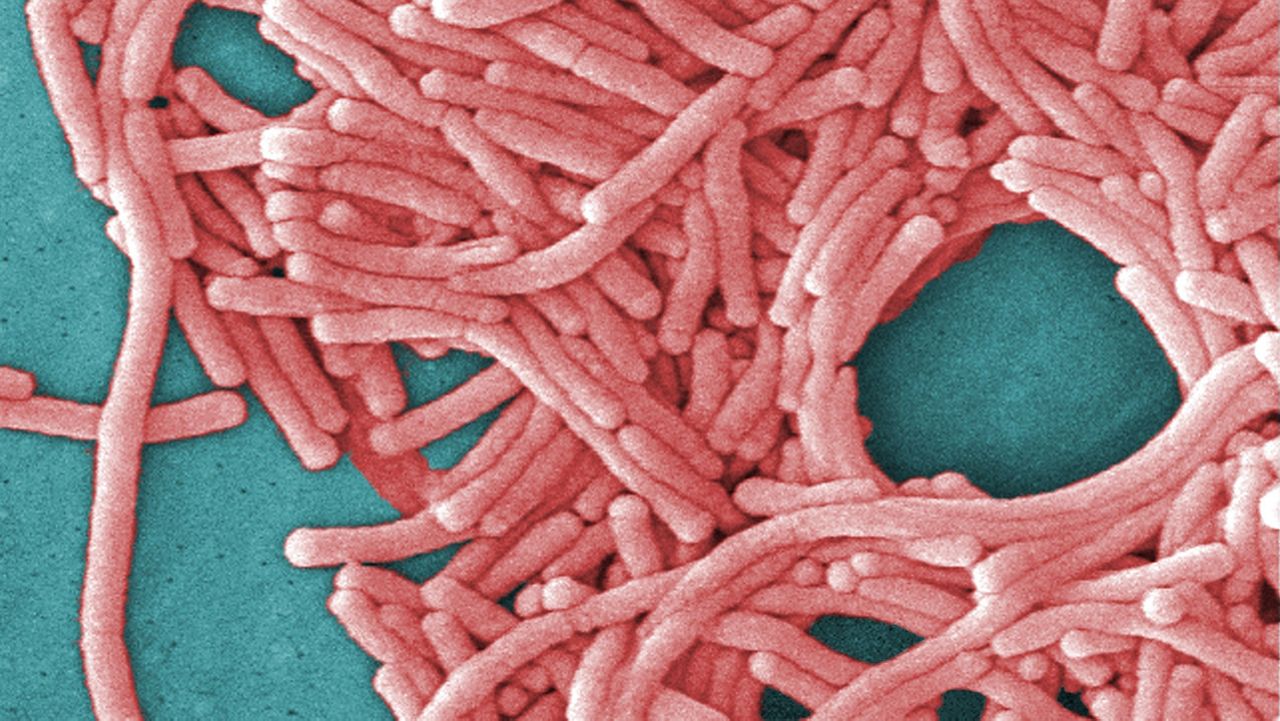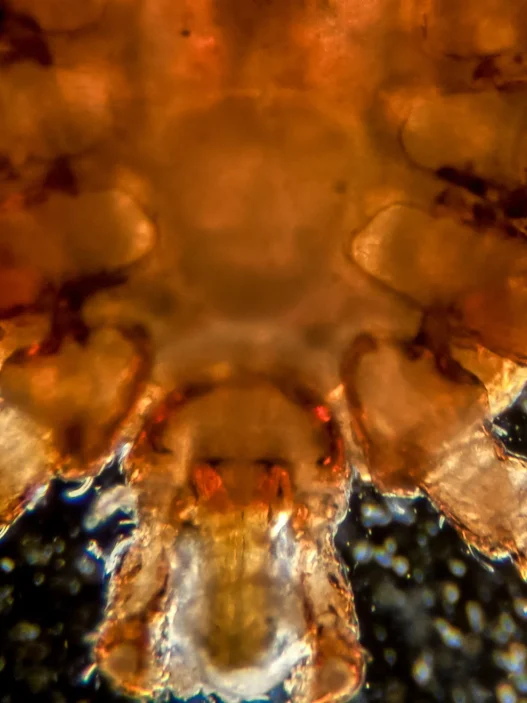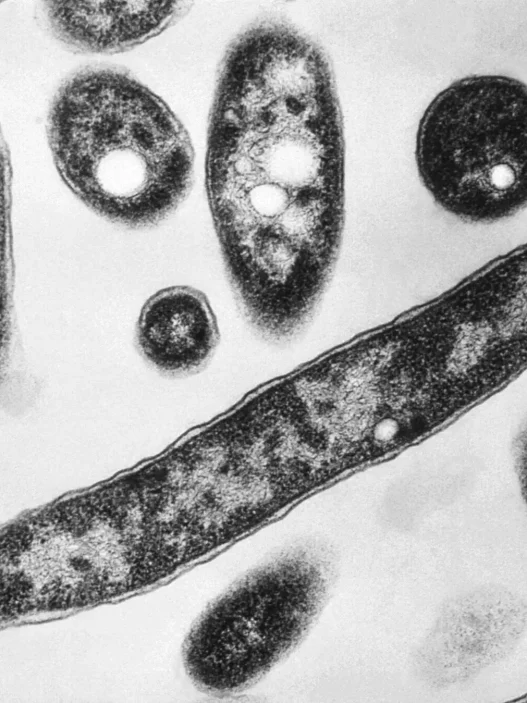A worsening legionnaires disease outbreak in Harlem, New York City, has now claimed three lives and sickened at least 67 people since late July. The cluster, centered in ZIP codes 10027, 10030, 10035, 10037, and 10039, has drawn urgent attention from public health authorities. The rise in searches for legionnaires disease harlem and legionnaires disease nyc reflects community concern as officials move swiftly to contain the crisis.
What Happened and How the Outbreak Grew
On July 25, the first cases of legionnaires’ disease appeared in Central Harlem. By July 31, 22 residents were diagnosed and one death occurred. In the latest update, city officials confirmed a total of 67 cases and three fatalities as of August 5. The New York City Health Department said the outbreak is localized and not expected to spread to other boroughs.
How Legionnaires Disease Spreads
Legionnaires disease is a severe pneumonia caused by Legionella bacteria, often inhaled through contaminated mist from warm water systems like cooling towers, air-conditioning condensers, hot tubs, and humidifiers. It is not contagious and cannot spread person-to-person. Symptoms include high fever, cough, chills, muscle aches, headaches, and shortness of breath.
The Source: Cooling Towers Under Scrutiny
Investigators believe the outbreak was caused by Legionella pneumophila bacteria in cooling towers across the affected ZIP codes. Eleven towers tested positive and have since undergone mandatory remediation. Officials report building tenants can safely drink tap water, use showers, and keep air conditioning running with no increased risk.
High-Risk Groups and Health Advisories
Health officials urge anyone in the affected areas experiencing flu-like symptoms, including fever, chills, cough, or breathing difficulties, to seek medical attention immediately—especially those aged 50 or older, smokers, or people with chronic lung disease or compromised immune systems. Early diagnosis and antibiotic treatment significantly improve recovery.
Historical Context: Prior NYC Outbreaks
New York City has experienced Legionnaires disease outbreaks before, most notably in the Bronx in 2015, where over 100 people fell ill and 10 died. Those clusters led to reforms in water system inspections and maintenance regulations. The current outbreak underscores lingering vulnerabilities in multi-building cooling infrastructure.
Community Response and Remediation Efforts
City authorities have dispatched environmental health teams, volunteers, and law enforcement to assist with testing and resident outreach. Cooling tower owners have 24 hours to complete disinfection protocols. Local media, including ABC7 and NBC New York, continue to provide live updates, and community groups have called for improved transparency.
Frequently Asked Questions (FAQ)
How serious is this Legionnaires disease outbreak?
The outbreak caused 67 confirmed cases and resulted in 3 deaths as of early August. It remains severe, especially among vulnerable populations.
Where is the outbreak located?
It is concentrated in five Central Harlem ZIP codes: 10027, 10030, 10035, 10037, and 10039.
Can Legionnaires disease spread between people?
No, it spreads only through inhaled contaminated mist from water systems—not via person-to-person contact.
Are remediated towers being re-tested?
Yes—11 cooling towers tested positive and completed required decontamination under NYC protocols.
What are the symptoms?
Symptoms may include fever, cough, muscle aches, chills, headaches, and difficulty breathing; they often appear within 2–10 days of exposure.
Why the Outbreak Matters
This outbreak highlights ongoing public health risks tied to aging urban infrastructure. As temperatures rise and building systems remain inadequately maintained, Legionnaires disease may re-emerge—even in densely populated cities like New York. Vigilance, transparent remediation, and public awareness remain key.
Residents in affected zones should stay alert, monitor symptoms, and seek medical care without delay. Community collaboration and swift action offer the best chance to stem further cases and save lives.





















